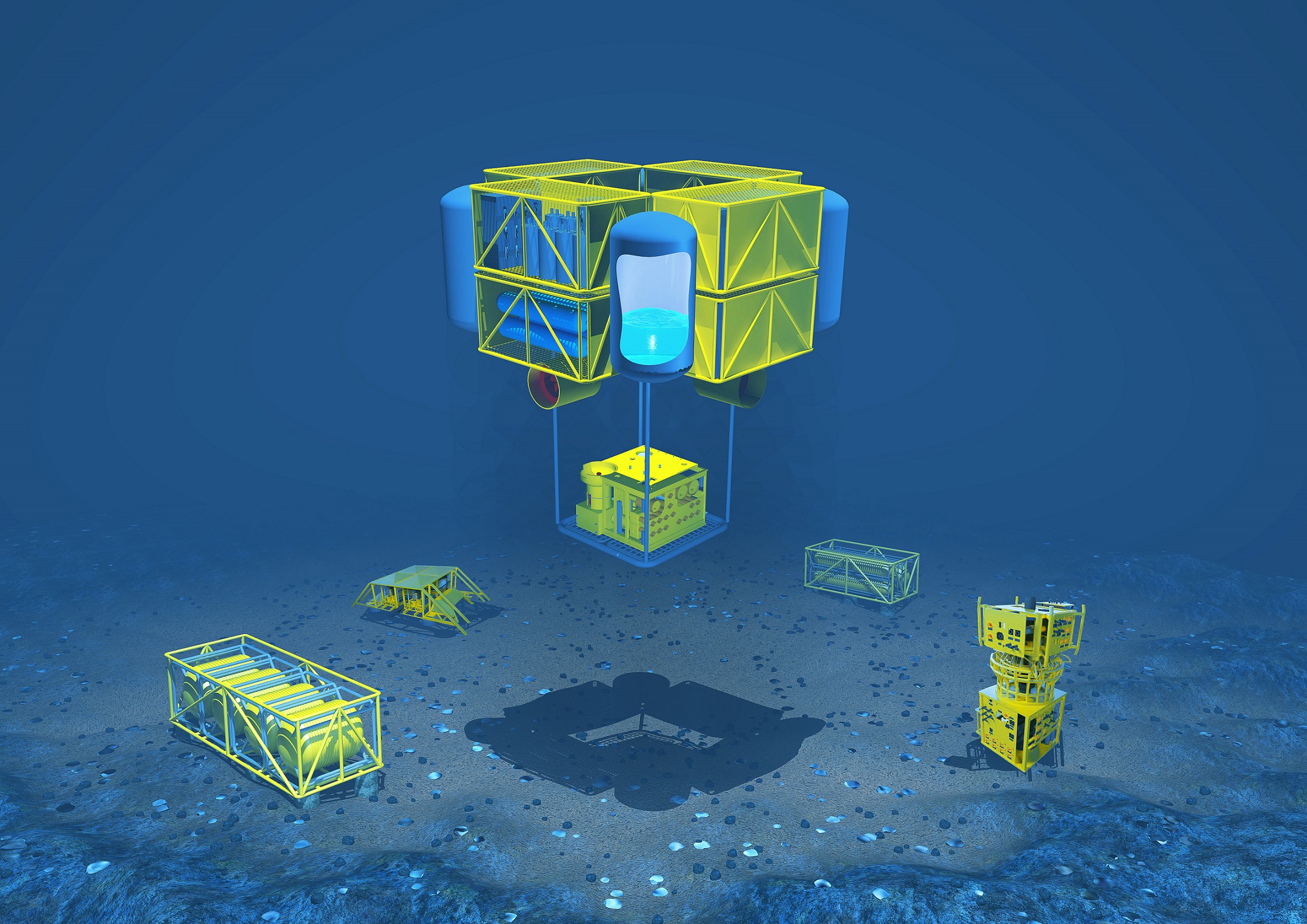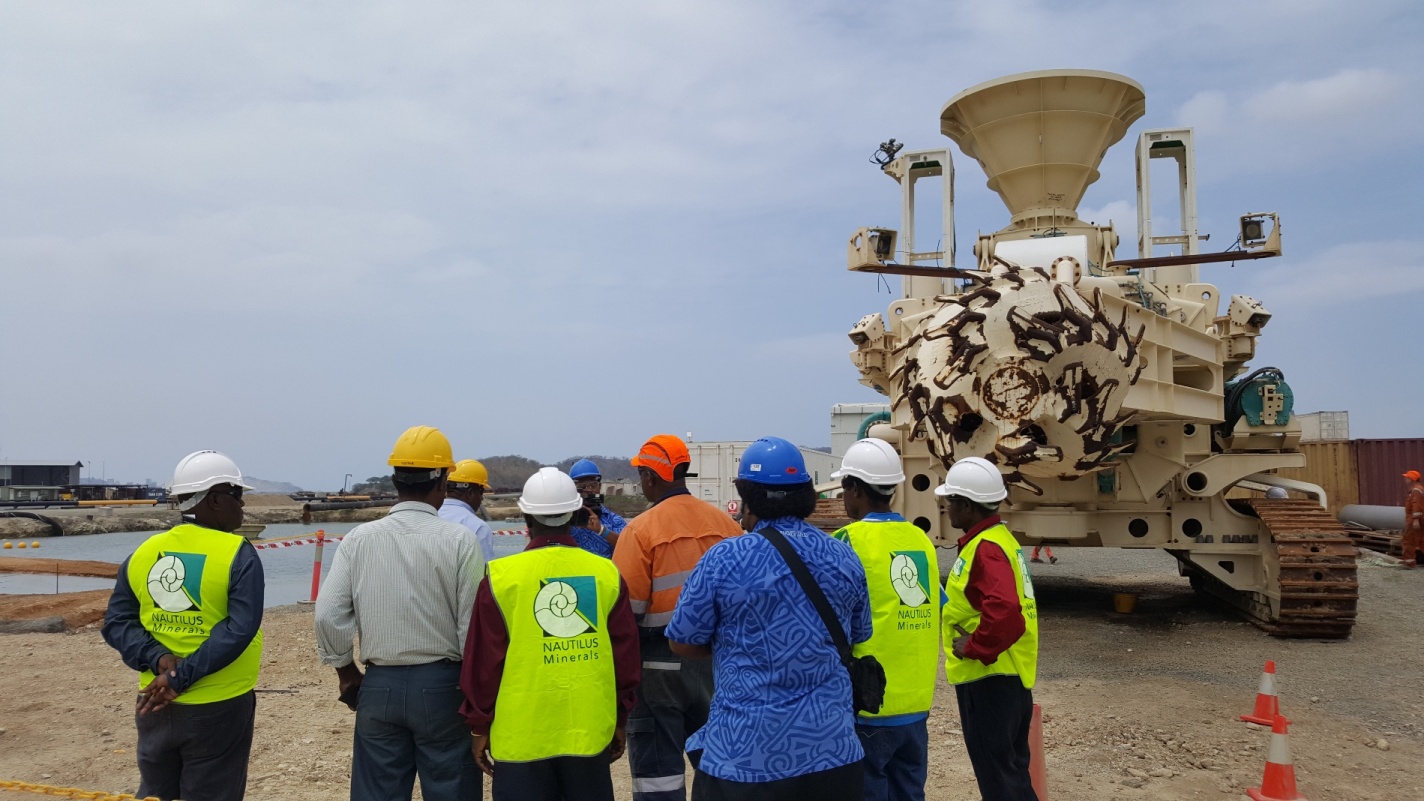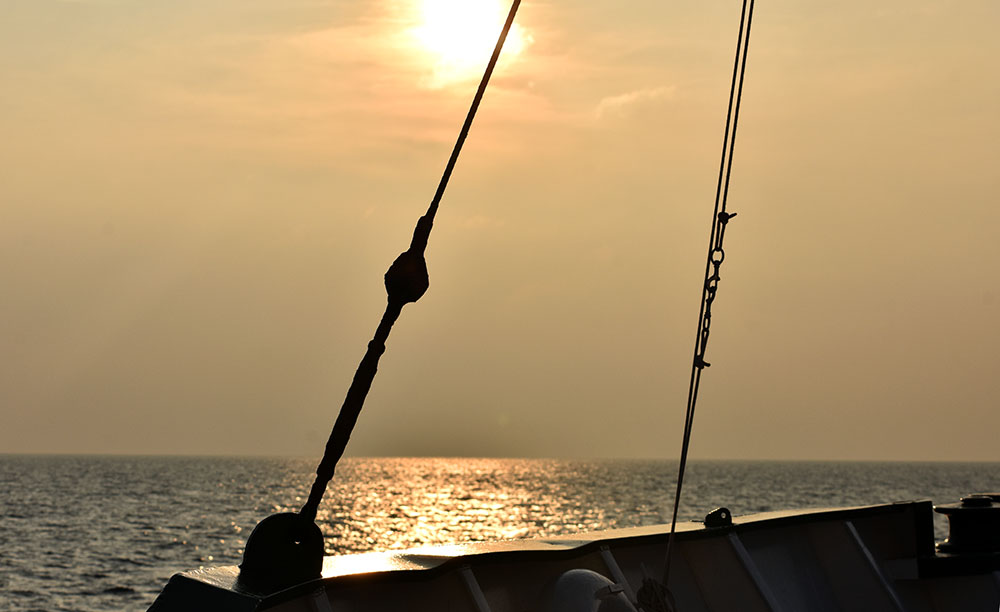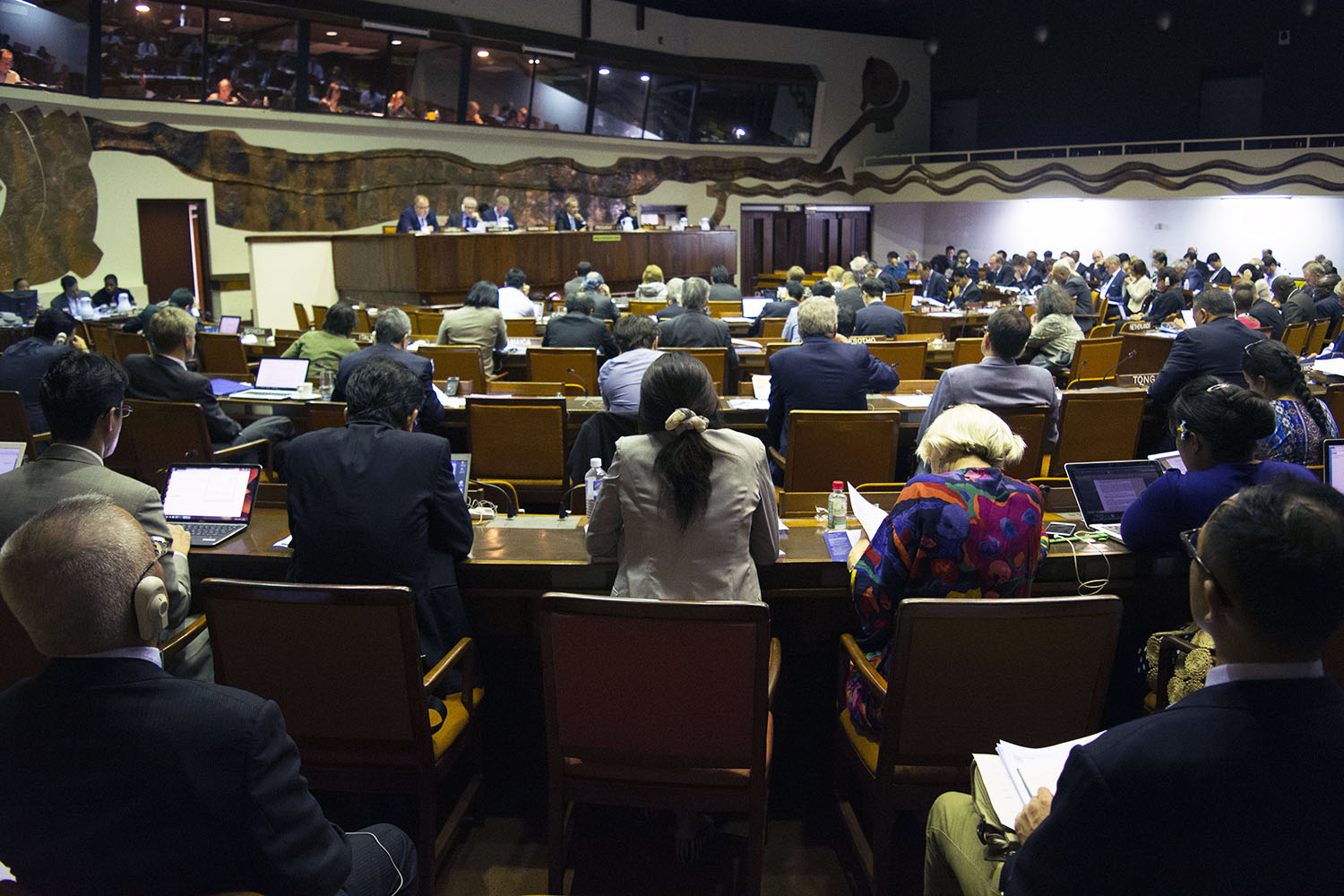A new German technology is being promoted as the next generation in autonomous underwater vehicles. The Large Modifiable Underwater Mothership (MUM) is a modular, unmanned underwater vehicle capable of being customized cost-efficiently for a variety of missions. Individual base modules can be freely combined with specific mission modules to form large systems, enabling even unusual […]
Read More








